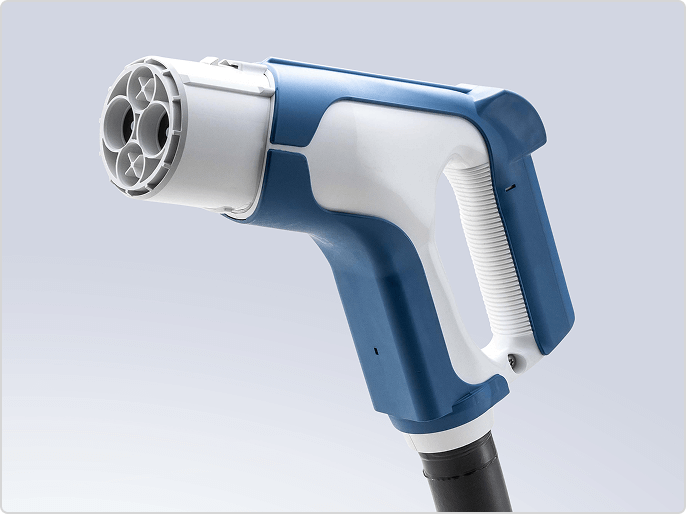Technology Areas/Product Groups
High-Temperature Superconductor
高温超電導技術はエネルギー分野、産業・輸送分野、医療・分析分野など幅広い分野でカーボンニュートラル社会の実現での貢献が期待されています。特にエネルギー分野では次世代エネルギーとして、近年、核融合発電が将来の発電方式の一つに核融合発電への期待が高まりつつあります。
核融合発電は、従来の発電と比較して、二酸化炭素を排出せず、その資源は海水中に豊富にあります。また、熱暴走しないため安全性などの点で優れるとされ、エネルギー問題と環境問題を根本的に解決する技術と期待されています。
近年、欧米を中心に、レアアース系高温超電導線材を採用することで、核融合発電に必要な超電導電磁石を従来よりも小型化し、核融合発電の実用化を加速させようとする動きがあります。当社の高温超電導は、世界トップレベルの研究開発を継続しており、国内外に高性能で均一なレアアース系高温超電導線材を提供し、ユーザから高い評価を得ています。
フジクラは、これら核融合発電開発に貢献していくと共に、電動航空機や分析機器など、様々な次世代超電導機器への貢献を通じて、カーボンニュートラル社会の実現に貢献していきます。
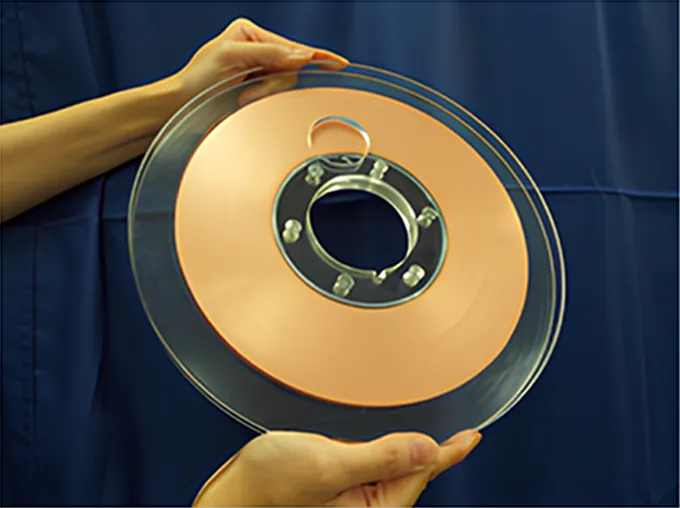
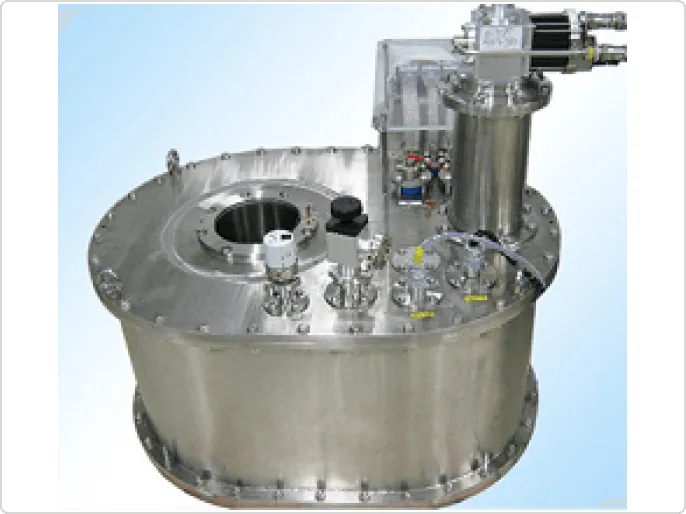
Fiber Laser
Among Fujikura products, high-power continuous wave multimode fiber lasers (Figure 1) are used for metal cutting and welding, while continuous wave single mode fiber lasers with excellent beam quality are used for joining different materials and cutting carbon fiber reinforced plastics (CFRP), etc. In addition, Q-switched pulsed fiber lasers are used for marking and metal processing, and MOPA pulsed fiber lasers (Figure 2) are used for micromachining of various materials.
As described above, fiber lasers are used in a wide range of processing fields, and their applications are expanding to include biotechnology, medicine, battery and semiconductor manufacturing. In order to keep up with these market demands, we continue to develop Fujikura proprietary elemental technologies that make up fiber lasers, such as high-power laser diodes, rare earth doping, special Optical Fiber, and fiber-type optical components, to realize new processing methods.
Recently, we have developed and are working to commercialize a wide range of technologies, including high-speed cutting of thick metal plates using a 20kW ultra-high-power continuous wave multi-fiber laser (Figure 3), beam profile variable technology that improves processing quality by controlling the laser beam shape (Figure 4), and wavelength conversion technology that improves processing speed by adjusting the wavelength of light to one that easily deteriorates the processing material.
Another promising future application for fiber lasers is wireless energy transmission using laser light. This is called a Space Solar Power System (SSPS), in which solar energy in space is transmitted to the ground using laser light, and the laser light is then converted into electricity on the ground. Research and development into this system is being carried out at many research institutes.
We will continue to research and develop fiber laser products and technologies to meet our customers' needs, not only enabling a wide variety of processing with high performance and high quality, but also contributing to society by reducing the environmental burden with high efficiency and energy saving.
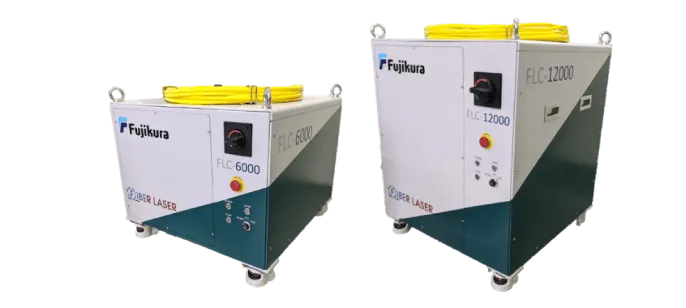
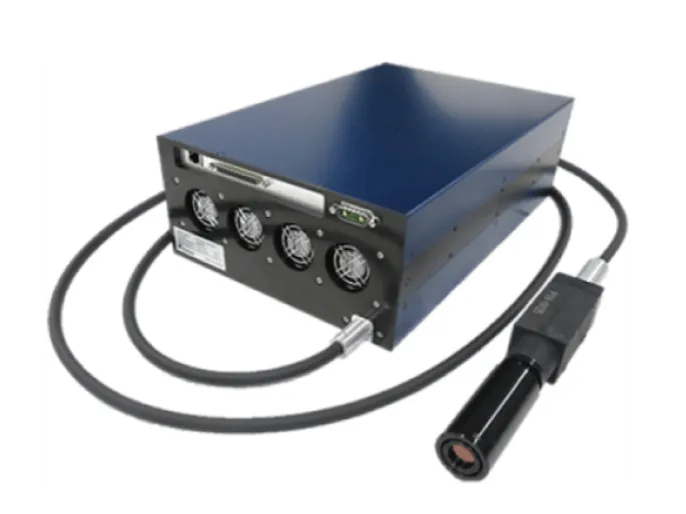
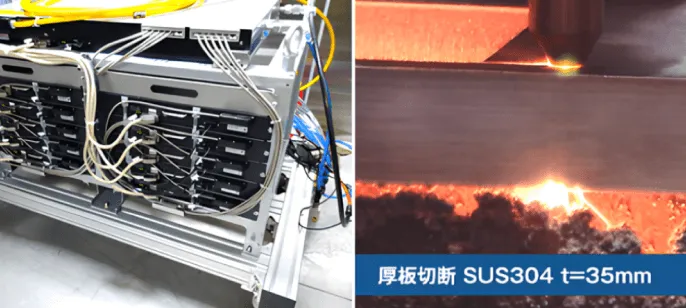
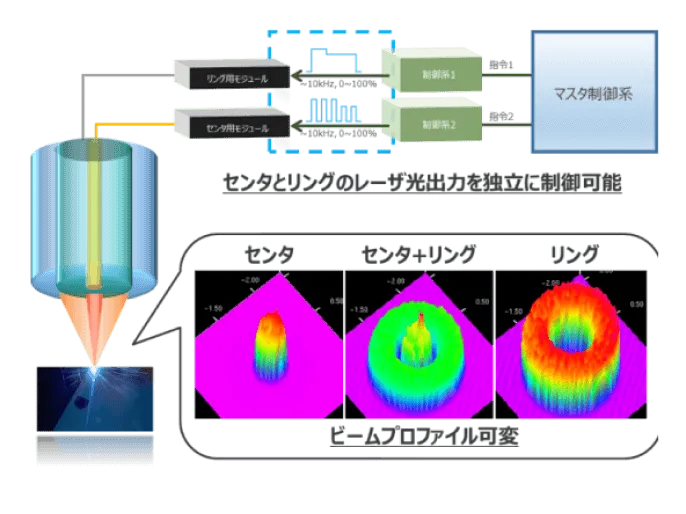
Conductor/Insulator
The conductor and insulating material technologies that have been cultivated over a long history of product development related to energy and information transmission have been a strong driving force behind Monodukuri of Fujikura Group. In recent years, for Wire harness conductors that contribute to weight reduction in automobiles, we have developed an aluminum alloy conductor that combines high strength, high conductivity, and high ductility by controlling the metal organization through consistent development from alloy composition to processing.
As a covering material for electric wires and cables, we aim to reduce the weight of the resin that constitutes it and reduce the energy consumption when installed in automobiles, thereby contributing to the SDGs of our products. In addition, we have provided safety and security to our customers by making flammable resin materials flame-retardant and using materials that are friendly to the human body and the environment. Going forward, we will continue to support the products and Monodukuri of Fujikura Group through our core material technologies.
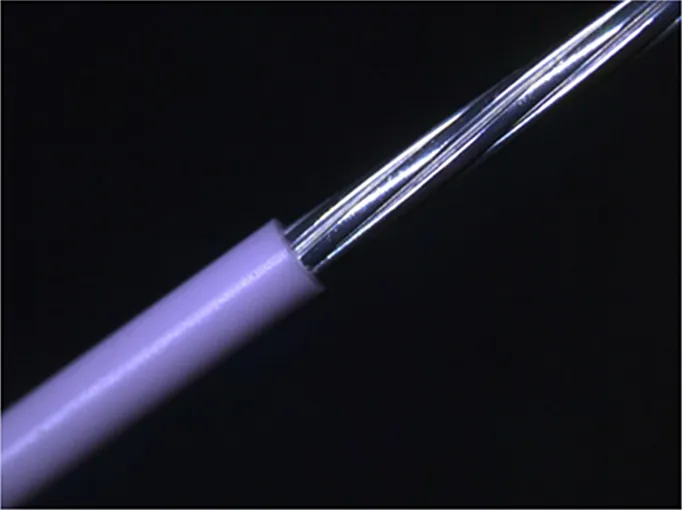
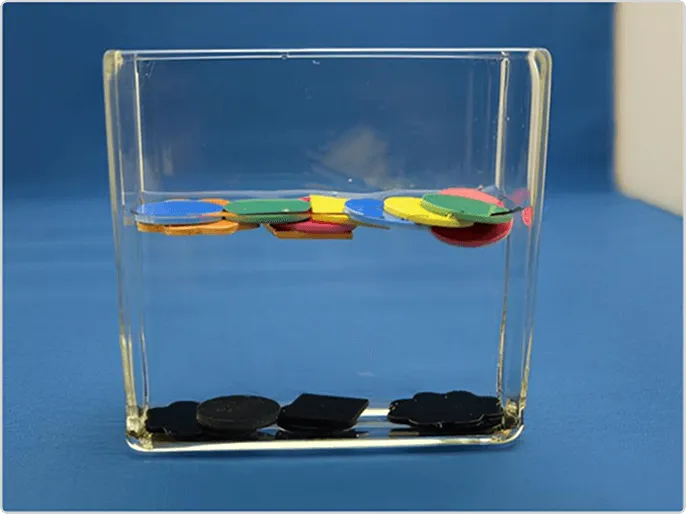
Heat Transport Devices
Power semiconductor cooling module
We are developing large-capacity heat pipes and vapor chambers to dissipate heat from power semiconductors that generate large amounts of heat. The vapor chamber is a flat heat pipe, and since the entire surface has the performance of a heat pipe, it has high heat dissipation performance. By improving the internal structure, we are promoting development to increase the maximum heat transport capacity and reduce thermal resistance.
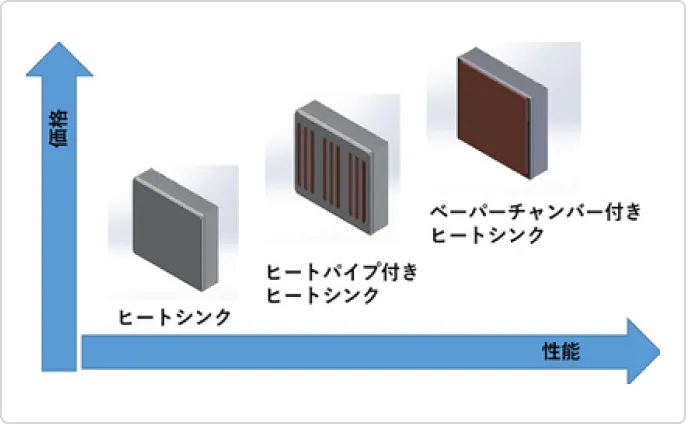
Cold plate for high performance computer
We have developed a liquid cooling unit called a cold plate, which uses a microchannel fin structure (fin thickness 0.15 to 0.4 mm) as a heat dissipation measure for high performance computers such as supercomputers and mainframes. Compared to air-cooling methods, cold plates require less space and have several times the cooling performance.
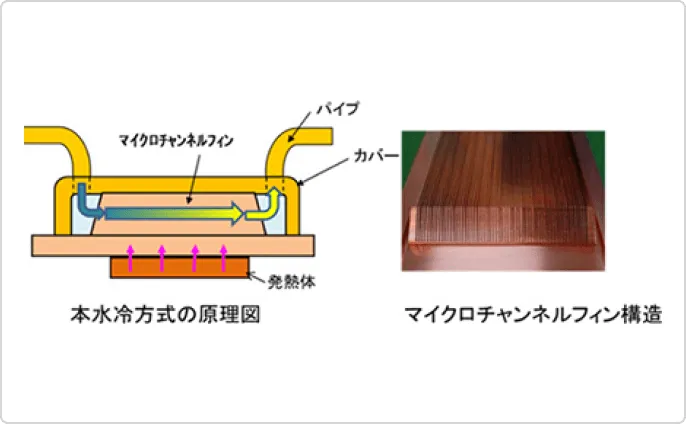
Wire Harness
Wire harness, which have been likened to the "nerves and blood vessels of a car," are bundles of wires that act as "electrical pathways to ensure the normal operation of electronic units inside the car," connecting power sources and signals to every corner of the car.
As the number of electronic devices in vehicles increases year by year, Wire harness are also becoming more complex.
Fujikura utilizes the latest technology and the knowledge and experience it has accumulated over many years to provide a complete range Wire harness, from wiring materials and in-vehicle wiring systems to fuse boxes, connectors and terminals.
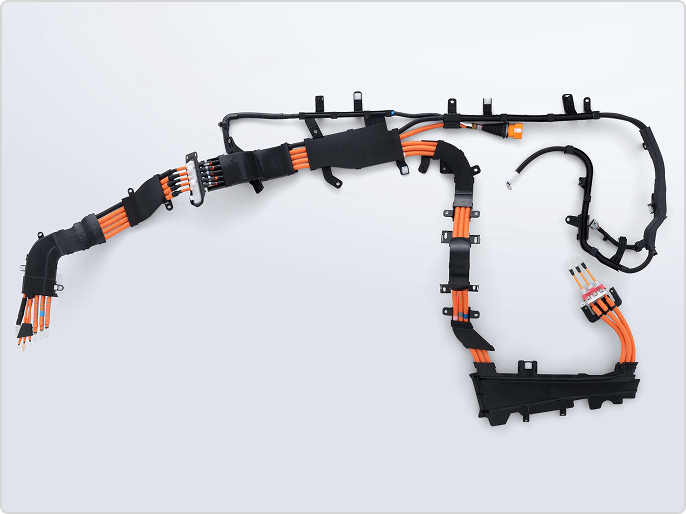
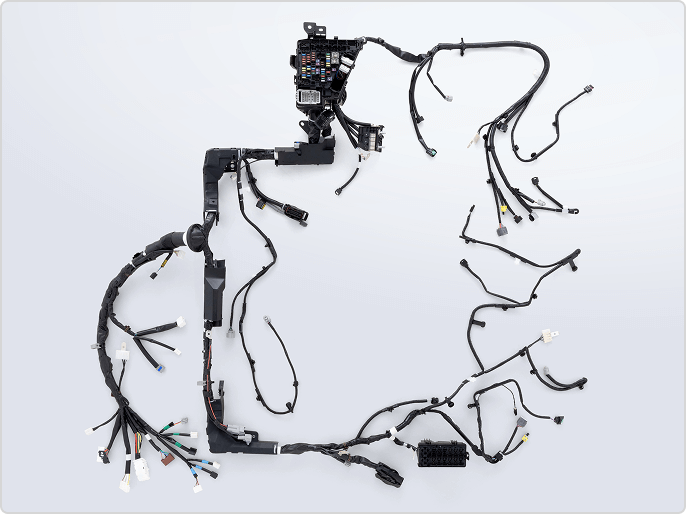
High Current Connection
One of the challenges in the spread of electric vehicles (EVs) is shortening the charging time. To shorten the charging time, it is necessary to increase the charging current, but this causes the problem of increased heat generation inside the charging cable connector. The amount of heat generated can be reduced by increasing the size of the cable conductor, but this increases the weight and size of the cable, which reduces operability during charging. Therefore, in order to increase the charging current without increasing the size of the cable conductor, we have developed a liquid-cooled cable connector that application liquid cooling technology that efficiently dissipates heat by circulating a liquid refrigerant inside the cable connector. This has achieved a rated charging current that is more than three times higher than conventional models, without compromising operability in terms of weight and size.
